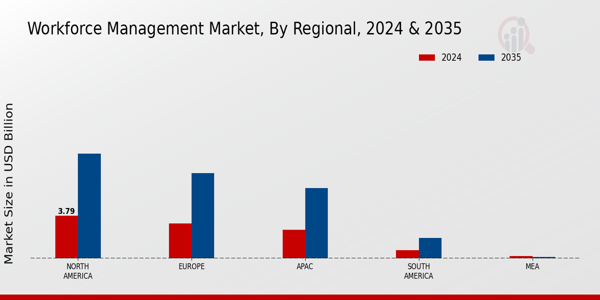Market Share
Workforce Management Market Share Analysis
In order to fully capitalize the market landscape, companies position marketed different share mechanisms through devising a strategic workforce. Companies can make a difference in their offered services by providing creative features, unique employee functional ways, and system customization as per the market demands. Through providing different specific tools to their customers, businesses can create a unique position in the market and target specific employers who want customized solutions for workforce related queries. The key market share strategy is to lead the cost, and offer superior products. Many businesses want to cut down costs and sell better quality products to become leaders in the industry. When an organization wants cost-effective efficient solutions in a smart way, this strategy is in demand. The companies which use the strategy of being a cost leader and prefer to control production costs over other business operations will be more able to gain market share and attract customers with varying preferences. In order to create a healthy and productive environment, strategic mannerism along with the ability of dealing clients is getting common among workers. In order to increase their offerings and impact the companies form partnerships with leaders in technology, the industry, or other similar service providers. Through bringing people together and collaborating with the strategic partners, businesses can make full-proof solutions to satisfy the need of a customer. By working collaboratively, organizations can maintain a position in the market and can attract great number of customers. There should be a keyway on innovation and future trends to get high market shares of the industry. Companies can strive for becoming industry leaders if they keep innovating by investing in research and development and embracing emerging trends. Companies can improve their working strategies and become better organizations by catching up with the world's new updates. A marketing strategy based on satisfying the customers is crucial to have a good position in the workforce management market. Organizations can maintain their position and make strong relations between clients by prioritizing those activities that revolve around elevating what they offer, be the best for customer, and engaging with them actively. Satisfied clients will return for more purchases and tell others about your business. This is the best way to increase market share. To keep the clientele loyal on both a short and long-term basis, the management should be designed such that it holds up an interactive customer experience by being easy-to-use and intuitive. Companies need to be adaptive and scalable so that they can improve their market positioning.














Leave a Comment